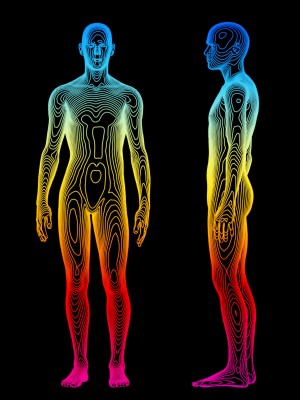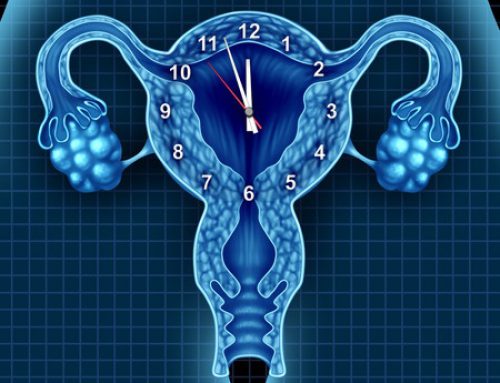 This post was written by Bethany Narey of the HE@T team. HE@T provides health enhancing thermography to detect and monitor disease and physical injuries that are shown through thermal abnormalities in the body.
This post was written by Bethany Narey of the HE@T team. HE@T provides health enhancing thermography to detect and monitor disease and physical injuries that are shown through thermal abnormalities in the body.Do you ever wonder what your body is trying to tell you? Whether you have medical concerns or just want to be proactive about you health, your body is always trying to tell you something. But what is it? Thermography offers a unique look at how your body is functioning with NO adverse effects. Thermography is a pain-free medical imaging tool that can be used to help diagnose many diseases and dysfunctions. However, sports medicine and women’s breast health are two main areas where thermography is best utilized.
As the weather gets warmer more adults and children are getting back outdoors for walks, runs, sporting events and more. As with anything, sports can open up a doorway for injuries throughout the season. Digital infrared thermal imaging also known as thermography plays a huge role in sports medicine. Because thermography is risk-free, portable and, radiation-free, it is an ideal tool for assessing injury and helping aid clinical decisions. Thermography is able to ‘see things’ outside of other diagnostic tools. Meaning, instead of looking for a break or a structure like other medical imaging tools, thermography looks for cellular and vascular dysfunction through temperature patterns. This is ideal for injuries such as ankle injuries, stress fractures, myofascial pain syndromes, spinal pain syndromes, shoulder injuries, foot pain syndromes, and vascular disorders, just to name a few that are not visible through other standard tools. Thermography offers an invaluable window into the sympathetic response to pain and injury. Often younger children struggle with telling you where their pain is coming from leaving it difficult for parents and medical professionals to know where and how to treat the patient. Because thermography is the only medical imaging tool that can visualize pain through temperature dysfunction, it is ideal for children who have difficulty accurately expressing their pain and discomfort.
Aside from sports injuries, there has been a large emphasis in the last month on women between the ages of 25-39 that are being diagnosed with invasive breast disease. Experts are struggling to conclude why these numbers are slowly rising but women are struggling with where to go from here. Mammograms are still not recommended for women under the age of 40 and in some cases women under the age of 50. This is for various reasons but mainly, radiation exposure and dense breast tissue. Thermography is ideal for women under the age of 40 because it offers a safe option in your breast health screening. Researchers this year concluded that with the utilization of self-breast examination, mammography, and thermography, one has a 98% detection rate. Find out what your body is trying to tell you through thermography.
We will be hosting HE@T at the Trillium Natural Medicine offices on April 4, 2013. If you'd like to make an appointment for a partial or full-body scan, contact HE@T directly at www.heat-images.com or 855-254-4328.






